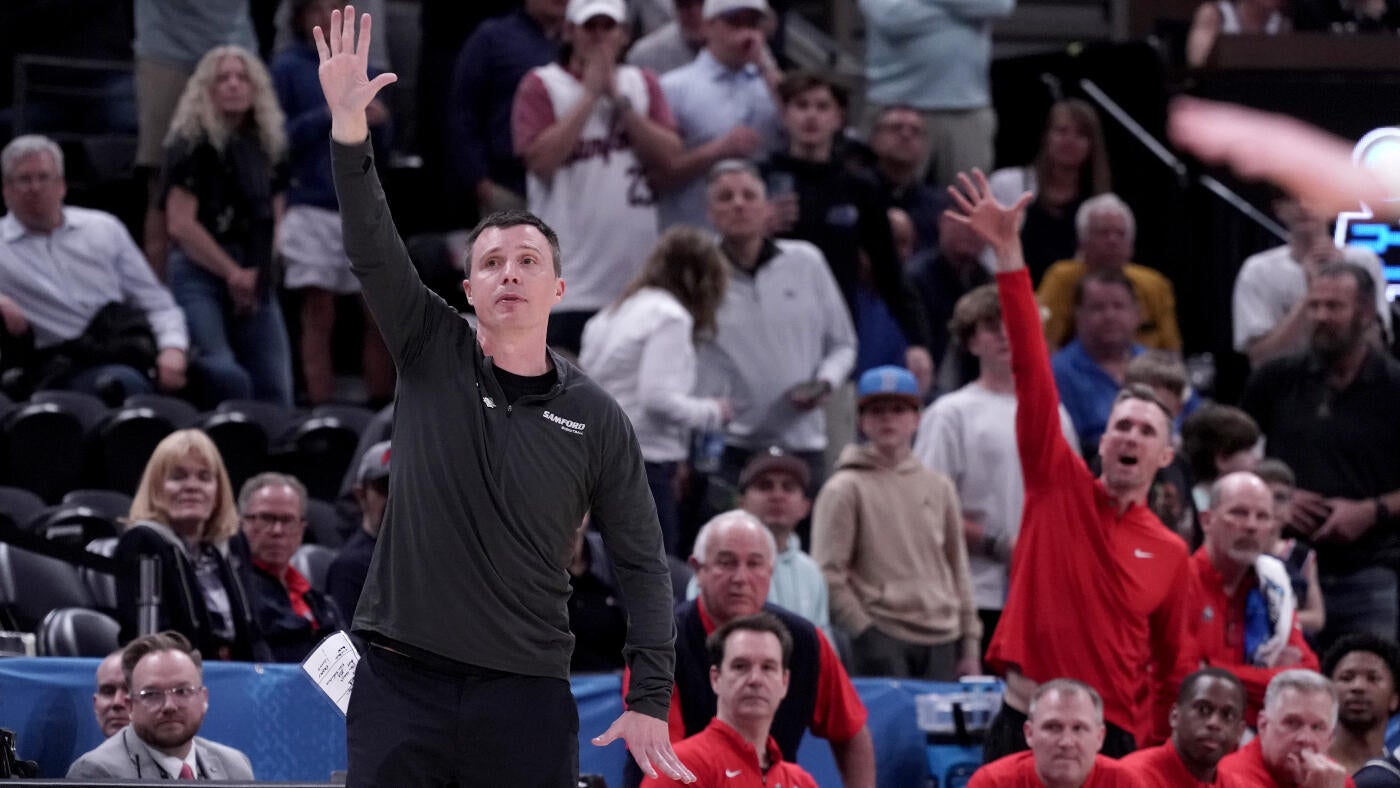TAMPA, Fla. — If Geno Auriemma and Dawn Staley do a double-take when they walk into Amalie Arena on Friday for the Final Four, it’d be hard to blame them. Certainly, the interest that has followed the women’s NCAA Tournament the past few seasons — as the games have set record numbers in viewership and attendance — has had a longer runway at their programs at UConn and South Carolina, but the growth of the overall game is impossible to deny. That evidence is everywhere Auriemma and Staley look.
On campuses, they’re flocked by fans. In women’s basketball circles, they’re lionized. Their fingerprints are all over the sport at every level. This growth is impossible to imagine without them. Because of their successful careers, they get to be the rare champions within a sport who can enjoy the fruits of their labor … while still laboring.
They’ll play in the Final Four against other teams (UConn against UCLA, South Carolina against Texas), but a collision course toward their meeting for the national championship has been evident since the bracket was released.
It’s not just that they coach two of the best teams in the country this season. Staley and Auriemma’s basketball lives have been interlaced for more than 30 years. UConn is competing in its 24th Final Four, but during its first trip in the final round in 1991, Auriemma’s squad ran into No. 2 seed Virginia, which was led by a tough point guard named Dawn Staley. Virginia won, and you better believe Auriemma and Staley can still break down that game.
A rivalry between them has blossomed through the years into one of the best in women’s college hoops. In this story of building women’s basketball, the threads and throughlines of growth don’t need to be manufactured. Of course, there is a large group of players and coaches who blazed the trail before Auriemma or Staley. But who has done more to continue advancing the modern game forward than Auriemma and Staley?
At UConn, Auriemma built a powerhouse out of a school in the middle of cow fields. The program had never experienced success until he got there in 1985. On his campus tour during his interview, he wasn’t shown the gym because administrators worried he might turn down the position if he saw it. In early seasons, he needed to convince students to attend the women’s basketball games. But in his fourth year, the Huskies made the NCAA Tournament. In year 10, they won their first (of 11) national titles.
The 24th Final Four for Geno Auriemma and the Huskies pic.twitter.com/RIeI1I74dX
— UConn Women’s Basketball (@UConnWBB) April 1, 2025
Staley took the hard path, too. She didn’t inherit a program or take over a team that had already been cultivated and made into a national power. She began coaching at Temple while still playing in the WNBA. The program had just one NCAA Tournament appearance in history. She led them there five times in eight seasons before South Carolina hired her. With the Gamecocks, similarly, there was no prestige or aura around the program before she arrived. But in her fourth year, she led the team to the NCAA Tournament. And in Year 9, she brought home the program’s first NCAA title.
See you in Tampa FAMS ❤️ pic.twitter.com/Riz5HTSQ3U
— South Carolina Women’s Basketball (@GamecockWBB) March 31, 2025
Staley and Auriemma are not coaches who shy away from a challenge, but rather, run straight toward ...


